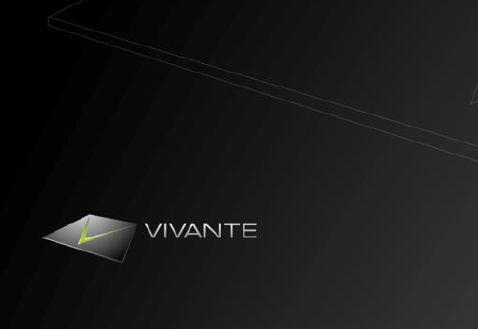We spent a fair amount of time chatting with Frido Garritsen who is the chief architect at Vivante Corporation as we wanted to learn a bit more about the upcoming GC 7000 Vega-based GPU. The idea came after the news that chip that will show include of SoCs in 2014, the GC 6400 can beat Tegra 4 and Adreno 330 in most benchmarks. You can read that part here.
Vivante GPUs have made it to the Chromecast and a few other interesting devices that delivered solid volumes, earning Vivante a 10-percent market share in the mobile GPU space. The company is now working on a new GPU called the GC 7000 and it should be ready in 2014. GC 7000 has two times as many shaders as the GC 6400, up from 16 to 32 in the GC 7000, promising a huge performance increase. This is a 28nm design that definitely leaves Adreno 330, Tegra 4, and Mali T628 in the dust as it tends to run much faster.
We don’t know how this GPU measures up against the new Logan Kepler based GPU, Adreno 400 or a few other 2014 GPU design, but we have a feeling that Vivante’s GC 7000 will become very competitive in the future. The new GC 7000 chip has an improved load balancer so it can keep all the cores and shaders occupied. It basically decides which core takes the next load of processing. GC 7000 is flexible architecture where the design enables adding up to 16 cores where each carries 16 shader cores that are capable of doing geometry, vertex compute and tessellation. The maximum amount of cores would be 256, but that might be too hard to do at 28nm, as it would take up way too much space. However, it illustrates how scalable the design really is.
The new GC7000 GPU has Open CL 2.0 and support for Shader model 4.0 from DirectX 10 as well as Open GL ES 3.0+ and desktop Open GL 3.x and 2.x. The time to market of GC 7000 is a bit more complicated. The GC 7000 will be ready for SoC customers by the middle of 2014, while the end customers will be able to buy devices based on these chips in the 2015 refresh cycle.
It takes a long time from the time the GPU IP is designed to see it up and running in some SoC products, but it’s good to know that mobile GPU market is getting really competitive with Nvidia Tegra, Qualcomm Adreno, ARM Mali, Imagination Technologies PowerVR who are currently the players to beat and Vivante - closing in fast on price aware designs such as Google Chromecast.




